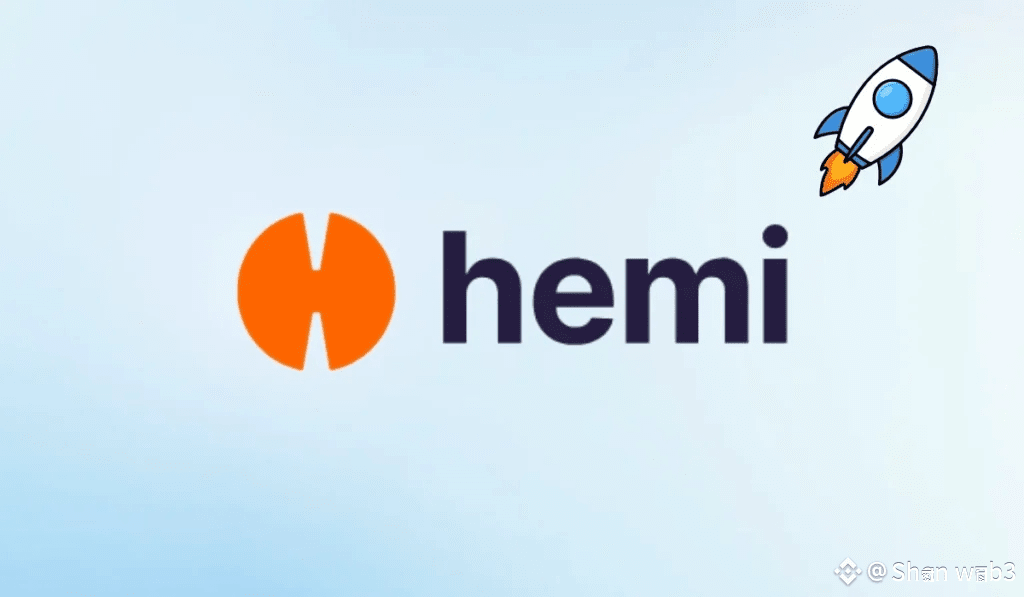
Hemi ($HEMI) is emerging as a deliberate and subtle force guiding Web3 toward its modular era. The blockchain landscape is experiencing a quiet shift away from fragmented ecosystems and competing narratives toward modular design systems built for adaptation, connection, and evolution. Hemi's framework is founded on the practical truth that the blockchain world needs a chain that works well with others, rather than just another "faster" chain. Consequently, Hemi has chosen to strengthen its core with cross-rollup communication and scalable modular layers, enabling chains to synchronize workloads and liquidity across diverse ecosystems.
The critical nature of this shift lies in how it changes the rhythm of innovation: where projects previously built in isolation (creating separate silos for tools and liquidity), Hemi’s modular design fosters collaboration. Teams can now build on a shared framework where liquidity and execution naturally interconnect. Hemi’s modular structure allows each function—execution, data, and settlement—to evolve independently, providing flexible architecture that adapts to future technologies instead of being locked into current limitations. Hemi approaches scalability and interoperability as engineering problems, prioritizing coordination over sheer performance.
A major challenge Hemi addresses is fragmented liquidity within Web3. By integrating cross-chain rollups and modular infrastructure, Hemi allows assets to move between ecosystems—including Ethereum, Solana, and BNB Chain—with fluid efficiency and without friction. This positions Hemi as the connective fabric that ensures diverse blockchain systems can interact easily. This approach aligns with the broader industry direction for 2025, where modular scaling, intent-based architecture, and cross-rollup liquidity point toward interoperability as the core layer of Web3’s next evolution. Hemi is not chasing this trend; it was built for it.
Developers significantly benefit from Hemi’s modular ecosystem. They can deploy applications that stretch across multiple networks without needing to rebuild infrastructure for each one. This reduction in friction accelerates growth, makes experimentation more practical, and opens pathways for smaller teams to compete with major ecosystems. Developers can build once and access multiple environments simultaneously, creating a natural incentive to build within Hemi’s network due to the simplicity and expanded reach. Hemi’s architecture, utilizing a rollup framework, keeps performance high and latency low by intelligently distributing load instead of forcing every transaction through a single bottleneck, leading to predictability and control for developers.
The $HEMI token is central to this coordination model, providing the economic layer that keeps all participants—validators, developers, and community contributors—aligned with the modular foundation. It is not merely a token but a coordination mechanism that translates efficiency into shared value. Furthermore, the $HEMI token functions as the network’s operational key, facilitating governance, aligning ecosystem incentives, and ensuring the network runs efficiently. Its utility is grounded in function and longevity, prioritizing sustainable design over short-term speculation. Hemi stands out in the modular race due to its efficiency-first mindset, delivering gradual and measurable improvement across accessibility and scalability rather than overpromising a revolution. It embodies the shift toward coordination as the true measure of blockchain maturity. Hemi is building the missing core that allows everything else to finally work together efficiently, transparently, and sustainably.